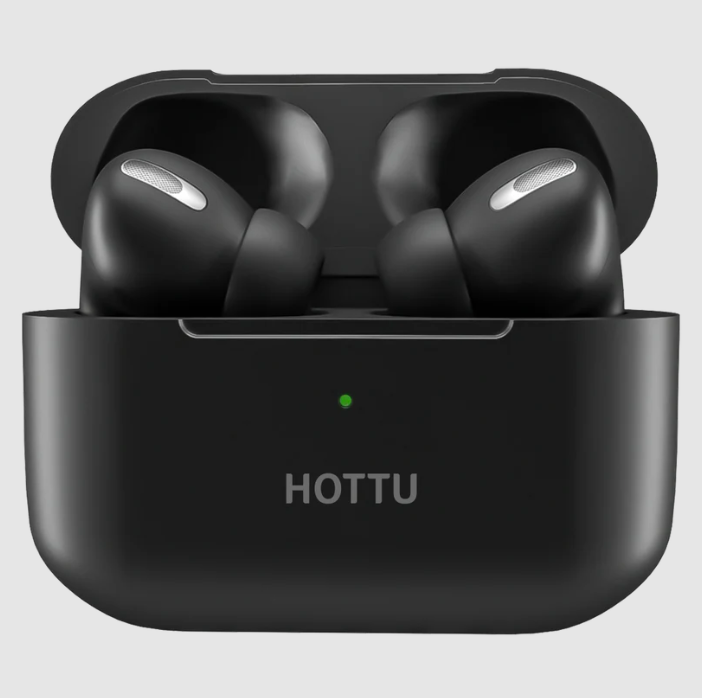What’s Inside a Smartphone: Anatomy of a Device
Smartphones are intricate devices, intricately designed with various components that work together seamlessly. Advanced battery technology, vibrant displays, and touch-responsive interfaces are just a few of the key elements that enhance user experience. Additionally, the software serves as the central brain, managing functions and customization. Understanding these components reveals much about modern connectivity and functionality. However, the evolution of smartphone technology continues to unfold, raising questions about what lies ahead.
Key Components of a Smartphone
The smartphone, a ubiquitous device in modern society, comprises several key components that work together to deliver its multifunctional capabilities.
Central to its operation is advanced battery technology, enabling longer usage periods.
Display types, ranging from LCD to OLED, enhance user experience through vibrant visuals and touch responsiveness.
Together, these components empower individuals, fostering connectivity and freedom in an ever-evolving digital landscape.
Read more: Building a Custom PC: A Step-by-Step Guide
The Role of Software in Smartphone Functionality
While hardware forms the backbone of a smartphone, software serves as its brain, orchestrating functionality and user interaction.
It enables seamless navigation through app ecosystems, enhancing the user experience by offering diverse applications tailored to individual needs.
This dynamic interplay between software and hardware empowers users, providing them with the freedom to customize their devices and optimize performance, ultimately shaping their digital lifestyle.
Innovations Shaping the Future of Smartphone Technology
Advancements in smartphone technology continue to redefine user experiences and capabilities.
The rise of 5G advancements enhances connectivity, while AI integration personalizes interactions and optimizes performance.
Foldable displays offer innovative form factors, enabling greater screen real estate without sacrificing portability.
Moreover, breakthroughs in battery technology promise longer usage times and faster charging, ensuring that users remain untethered and empowered in their daily lives.
Conclusion
In conclusion, the intricate design of smartphones, comprising advanced battery technology, vibrant displays, and intuitive interfaces, showcases a remarkable synergy of hardware and software. Notably, as of 2023, over 6.8 billion smartphones are in use globally, highlighting their integral role in modern life. This statistic underscores the profound impact these devices have on connectivity and access to information, shaping how individuals interact with the world around them and driving continuous innovation in smartphone technology.






